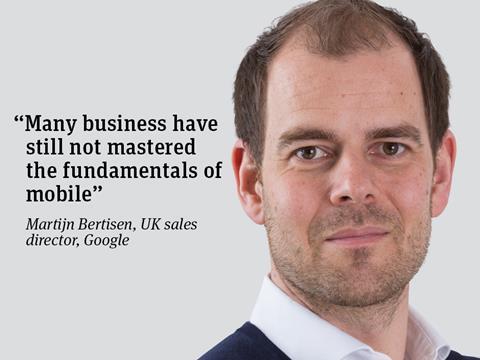
Technological change comes in decades: first came desktops, then the connectivity of the internet, followed by smartphones, and now we are entering the decade of machine learning. But each wave of innovation has to build on the previous. You can’t just jump into the future - there has to be a solid bedrock and in the case of retail, that bedrock is mobile.
Consumers are producing vast amounts of information, from signals of intent, to location and device information, via mobile. This data will provide companies with the raw fuel to power the algorithms behind technologies such as machine learning.
However, many businesses have still not mastered the fundamentals of mobile. When I determined to get my hands on our new Google Home smart assistant, I expected it to be easy to use my mobile to find a store with the device in stock, but that wasn’t the case. I have to give a tip of the hat to Maplin for providing the information I needed as well as the actual product.
Unless retailers provide a pleasing mobile customer experience and are set up to gather and analyse the data customers might need and willingly share, then they won’t be able to progress in their use of technology.
Your strategy should be based on the three pillars of ‘show up, wise up, speed up’.
Show up means being visible and responsive with the right content. Is your website optimised for search (including local search), formatted for mobile, and does it feature the information your customers want?
Wise up means having rich insight on the customer journey taken to arrive at a purchase decision. Can you track cross-device and cross-channel behaviour? An estimated 90% of consumers move between one device and another to complete a task, whether it’s to shop, plan a trip or browse. Can you track the impact of your online advertising and link it to store visits?
Speed up means providing what customers want when they want it and quicker than the competition. You need your web pages to load under the three second mark. If your site or app is transactional then payment should be simple and frictionless.
An example of a company working with mobile effectively is Costa Coffee. The chain married location, user and weather signals with DoubleClick ad serving technology to reach mobile users within 25m of 2,000 stores with the right message. This resulted in a 30% uplift in engagement and 32% uplift in click-through.
Ultimately, technologies such as machine learning will deliver competitive advantages by making it easier for your brand to meet customers’ needs - but you won’t be able to benefit unless you are mobile match fit.
Martijn Bertisen is UK sales director at Google







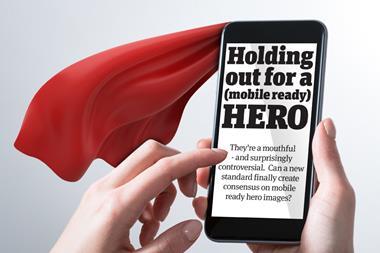
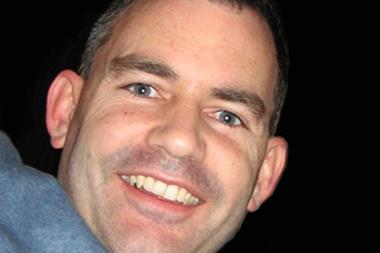
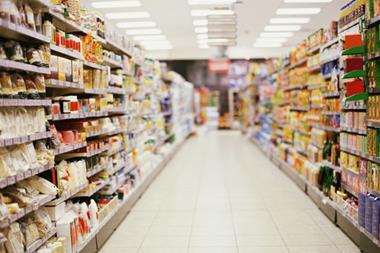
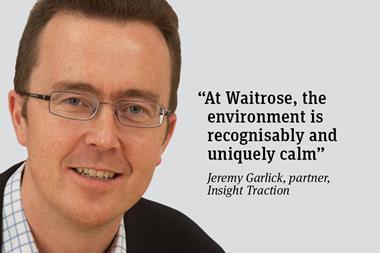
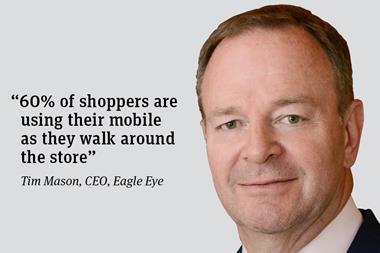


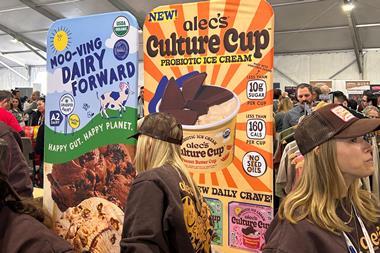
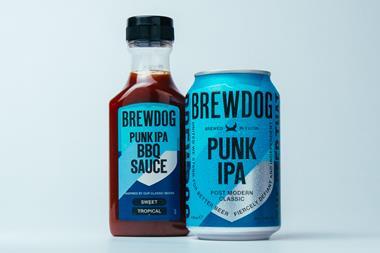

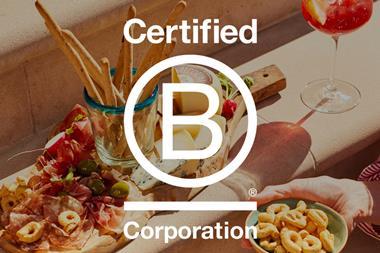

No comments yet